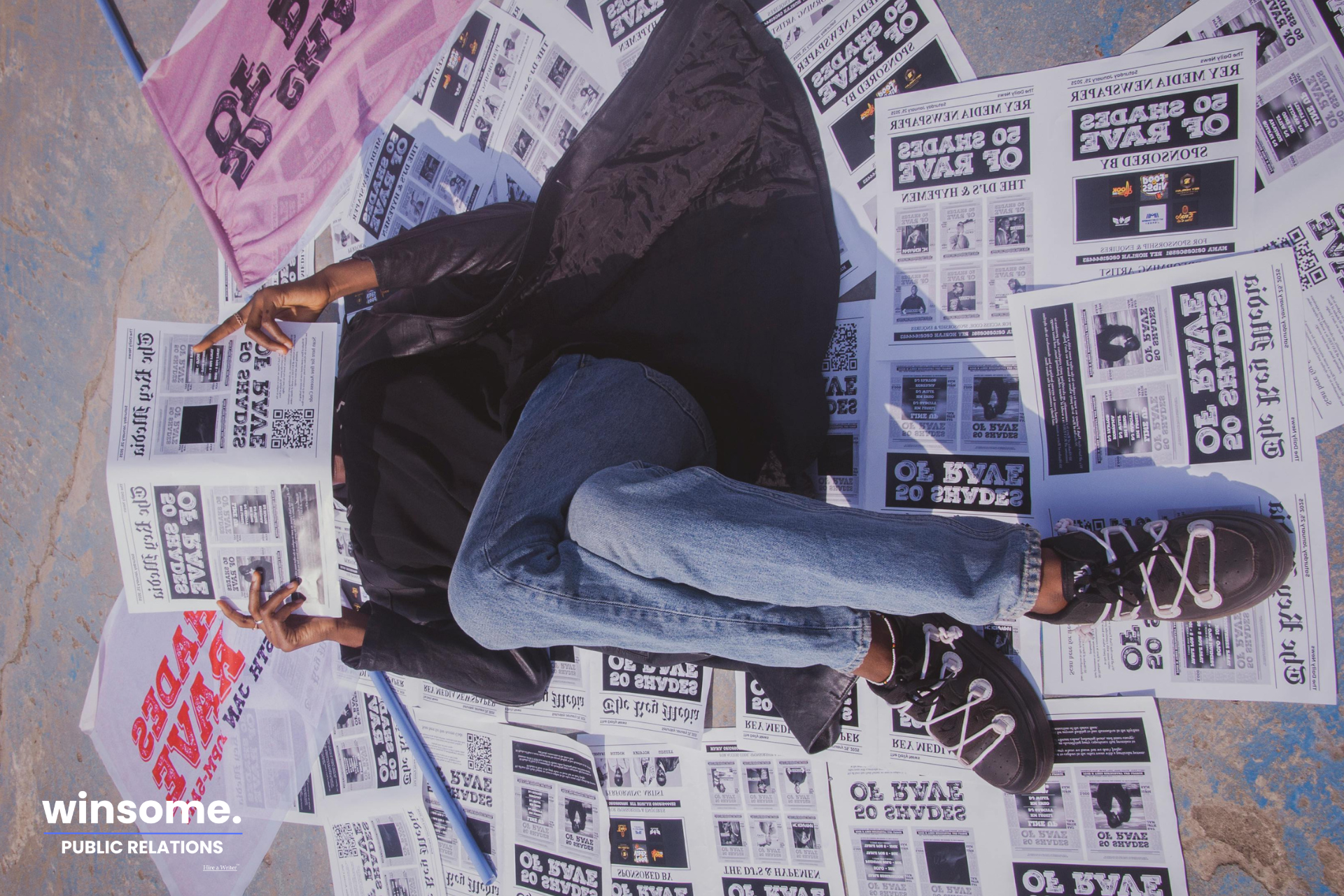EXPLORING SOCIAL MEDIA TRENDS 2024: PUTTING CULTURE FIRST
Alright, picture this: back in ’94, when Roberto Baggio missed thatcrucial penalty kick, the world was buzzing.
4 min read
 Cassandra Mellen
:
Oct 20, 2025 4:07:23 PM
Cassandra Mellen
:
Oct 20, 2025 4:07:23 PM

Let me start by saying that getting local press coverage these days feels about as easy as explaining to my mother what NFTs are. Which is to say – nearly impossible, but hey, we're going to try anyway because that's what we do in PR. We persist despite overwhelming odds, much like my persistence with attempting home repair projects that clearly require actual professionals.
Look, I'm not going to sugarcoat this like I'm selling you overpriced vanilla extract. The data paints a pretty bleak picture – MuckRack reports that 54% of journalists seldom or never respond to PR pitches. That's right, more than half of journalists are basically ghosting us harder than that person you matched with on Tinder who seemed really into your joke about cheese.
But before you throw your laptop out the window and decide to pursue that dream career in underwater basket weaving, let's talk about why this is happening and what you can actually do about it. Because unlike my attempts at maintaining a consistent workout routine, there is hope here.
Local news has changed faster than a superhero in a phone booth. Businesses are now using AI to mass-produce press releases like they're making cheap Halloween candy, while actual human journalists are becoming as rare as people who still use landlines. Some newsrooms are even using AI to manage their news desks or employing robot reporters. Did you know The Oregonian has been using AI to generate stories since 2023? And the Tacoma News-Tribune uses AI for weather-related news?
It's like we're living in that sci-fi movie everyone warned us about, except with fewer cool leather outfits and more existential dread about job security.
If you think reporters were overwhelmed by pitches before, imagine their inboxes now. They're probably getting hundreds more pitches daily than they ever did before, all while the fundamental nature of reporting is changing faster than ever. It's basically like trying to learn how to swim while someone keeps changing the water to jello, then quicksand, then maybe lava.
Here's a fun fact that will make anyone over 35 feel ancient: Most reporters now have to create Instagram Reels and TikTok content regularly. Even that serious investigative journalist covering city council meetings has to figure out how to make zoning laws entertaining in 15 seconds or less.
The Oregonian's courts reporter actually filmed a TikTok while standing in a lake to explain a ruling. If that's not commitment to the changing media landscape, I don't know what is. That's like me learning to tap dance just to explain my coffee order.
So when pitching, ask yourself: "Could this be explained while someone does a trending dance?" If the answer is yes, make sure to mention that in your pitch. If the answer is no, well... find a way to make it yes.
Remember when newsjacking or localizing national stories was enough? Yeah, those days are gone like my patience. Your pitch now needs a uniquely local angle that can't be found in syndicated content or AP feeds.
State-level data used to be impressive, but now reporters want community-specific data. Ask yourself, "What about this story could only be reported on by a journalist in that specific community?"
And make the local angle painfully obvious. Many newsroom staffers are recent college grads or new transplants who might not know the area as well as you'd expect – kind of like me trying to navigate anywhere without Google Maps actively telling me to turn left NOW.
Include everything – and I mean everything – in your first pitch: photos, video, data, and interview availability. Reporters are facing increased filing requirements while newsrooms have limited capacity to send reporters out to events.
Think of your pitch as one of those meal kits that comes with everything pre-measured and ready to go. All they have to do is heat it up and serve it. Except in this case, "heating it up" means "publishing your story."
With contributed content opportunities shrinking faster than a wool sweater in hot water, your thought leaders need to bring genuine insight to the table. Reporters want sources who can provide real "sense making" to their audiences – people who can interpret trends, explain what events mean for a region, or add valuable context to local issues.
The bar is higher than my anxiety before public speaking. Your spokespeople need perspectives that are unique and authentic, not something that sounds like it was copied from a LinkedIn post about "disrupting paradigms" or "synergizing growth potential."
With newsroom inboxes now flooded with fake, AI-generated content, relationships with reporters matter more than ever. Position yourself as a helpful resource beyond just the immediate story – offer check-ins, deskside visits, data, webinar info, and connections to other sources.
It's like dating – if you only call when you want something, don't be surprised when they stop picking up. But if you're genuinely helpful and thoughtful, they might actually remember your name.
Newsrooms are on high alert for anything that feels mass-produced or generic. Here's how to avoid the AI content detection radar:
Basically, write like a human who occasionally makes mistakes and has actual opinions. You know, the opposite of most corporate communications.
What worked for PR pros in the past isn't landing the same results anymore, but with some adjustments, your earned media campaigns can still succeed. Test these approaches, and you'll likely see more reporter engagement and high-value placements.
Think of it like dating in your 30s versus your 20s – the game has changed, expectations are different, and you need to bring a lot more to the table than just showing up. But when it works? It's worth all the effort.
Remember, securing media coverage today is hard, but not impossible. Kind of like me trying to assemble furniture from IKEA – frustrating, occasionally profanity-inducing, but ultimately doable with the right tools and approach.
Ready to Get Noticed? Don't let your next pitch disappear into the void of ignored emails. At Winsome Marketing, we've cracked the code on getting local media attention when everyone else is striking out. Contact us today so your PR can go from "delete immediately" to "must cover story."

Alright, picture this: back in ’94, when Roberto Baggio missed thatcrucial penalty kick, the world was buzzing.

Alright, let’s talk about Large Language Models (LLMs). They sound like something a sci-fi villain would use to take over the world, but they’re...
.png)
Okay, can we talk about LinkedIn for a hot second? Because I'm pretty sure we've all been living a lie. You know that "rule" everyone's been...